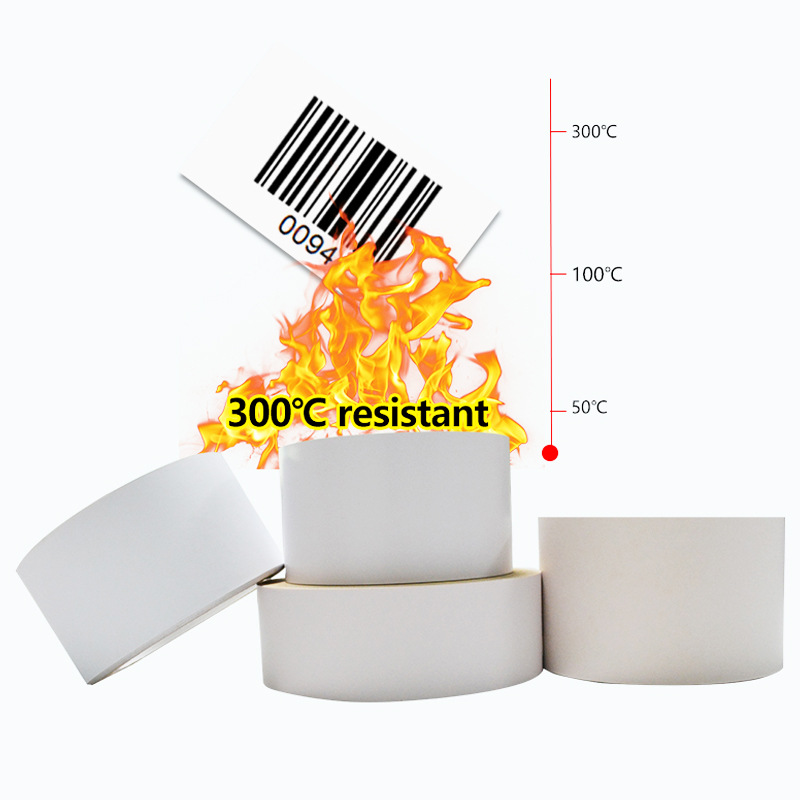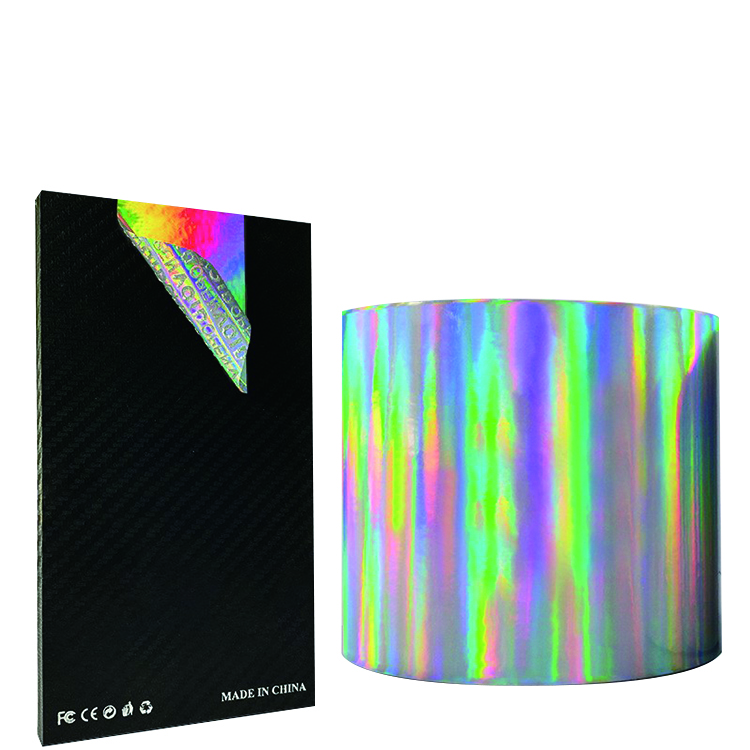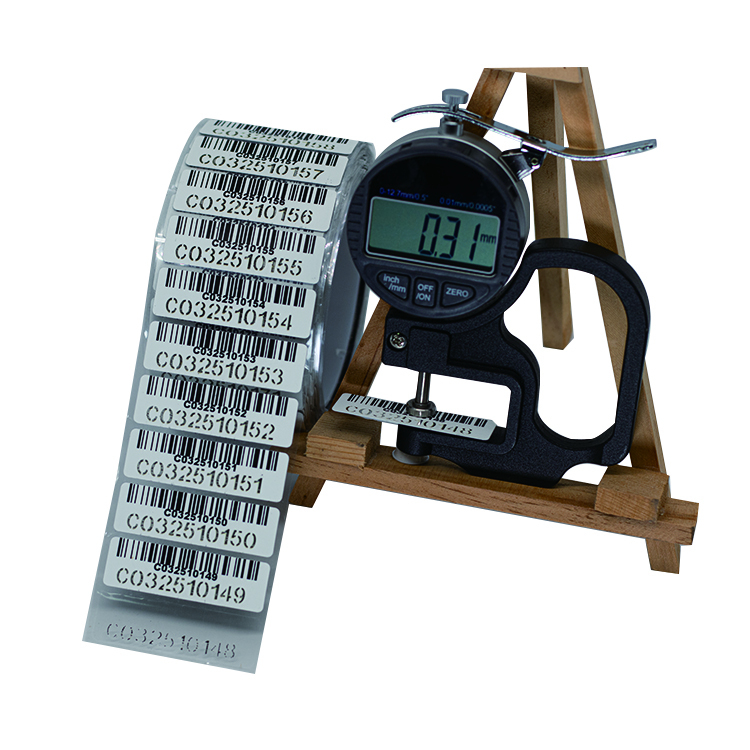The Cost of Heat-Resistant Label Paper in the Sticker Label Industry
Heat-resistant label paper is an essential component in the sticker label industry. It provides durability and longevity to labels, making them suitable for various applications in challenging environments. The cost of heat-resistant label paper per kilogram is a crucial factor that influences the overall production cost and pricing strategies in this industry.
When it comes to the pricing of heat-resistant label paper, several factors come into play. These factors include the quality of the paper, the manufacturing process, the supplier's reputation, and the volume of the purchase. Let's delve deeper into each of these aspects to understand the cost dynamics of heat-resistant label paper.
Quality of Heat-Resistant Label Paper
The quality of heat-resistant label paper significantly affects its cost. High-quality paper is engineered to withstand extreme temperatures without compromising its adhesive properties or visual appeal. The superior heat resistance ensures that labels remain intact and legible, even in harsh environments.
Manufacturers employ advanced techniques and use specialized materials to produce heat-resistant label paper with exceptional quality. The use of premium materials and cutting-edge technology increases the production cost, thereby impacting the price per kilogram.
Manufacturing Process
The manufacturing process of heat-resistant label paper involves intricate steps to ensure its desired characteristics. The process typically includes coating the base paper with a heat-resistant layer, curing, and adding adhesive properties. Each step demands precision and expertise to achieve the desired outcome.
The complexity of the manufacturing process affects the cost of heat-resistant label paper. Manufacturers invest in state-of-the-art machinery, employ skilled labor, and utilize specialized chemicals to produce high-quality heat-resistant label paper. These factors contribute to the overall production cost and, subsequently, the price per kilogram.
Supplier's Reputation
The reputation of the supplier plays a significant role in determining the cost of heat-resistant label paper. Established suppliers with a strong track record of delivering quality products often charge a premium for their offerings. Their reputation is built on consistent performance, customer satisfaction, and a commitment to excellence.
While it may be tempting to opt for cheaper alternatives from less reputable suppliers, it is essential to consider the potential risks involved. Substandard heat-resistant label paper may lead to label failure, compromising the product's integrity and customer experience. Therefore, many businesses prefer to invest in reliable suppliers, even if it means paying a slightly higher price per kilogram.
Volume of Purchase
The volume of purchase is another crucial factor that affects the cost of heat-resistant label paper. Suppliers often offer bulk discounts to customers who purchase larger quantities. This incentivizes businesses to buy in bulk, reducing the average price per kilogram.
However, it is important to strike a balance between volume and practicality. Buying excessive quantities of heat-resistant label paper may lead to storage issues and tie up capital. Therefore, businesses must carefully assess their requirements and negotiate with suppliers to achieve a favorable price per kilogram.
Conclusion
Heat-resistant label paper is a fundamental component in the sticker label industry, ensuring durability and longevity in challenging environments. The cost per kilogram of heat-resistant label paper is influenced by factors such as quality, manufacturing process, supplier reputation, and volume of purchase.
While the price per kilogram may vary depending on these factors, it is essential for businesses to prioritize quality and reliability. Investing in high-quality heat-resistant label paper from reputable suppliers can help maintain product integrity and customer satisfaction in the long run, ultimately benefiting the sticker label industry as a whole.
We offer comprehensive technical support, including free professional labeling solutions, advice on label materials and adhesive selection, as well as online/offline assistance from professional software and hardware engineers. Service email: andy@ownlikes.cn. In pre-sales, we leverage our extensive experience in specialty labeling projects to provide clients with the most suitable hardware solutions. Additionally, all our label barcode printers and scanners come with a three-year free warranty, demonstrating our confidence in our products.






This site is protected by reCAPTCHA and the Google Privacy Policy and Terms of Service apply.